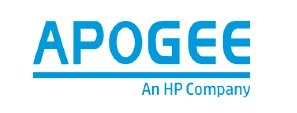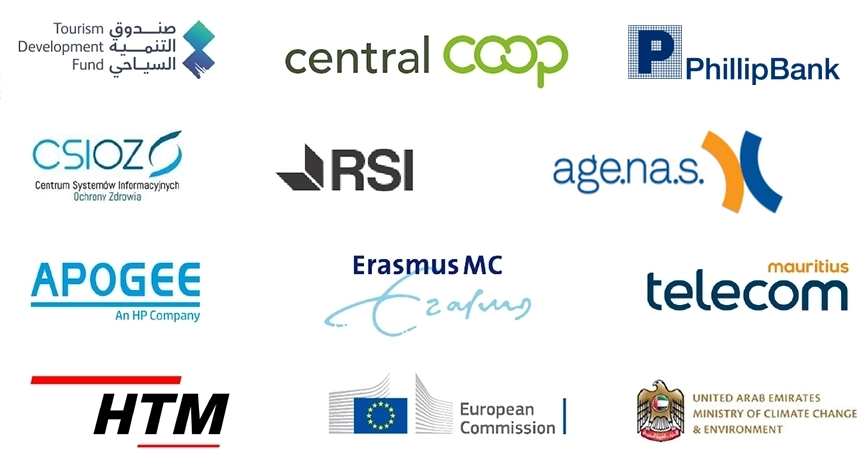Robust, Lightweight, Powerful Integration
A comprehensive integration solution that simplifies your digital transformation journey. Streamlines connectivity among applications, services, data, and cloud using a user-friendly low-code graphical designing experience. Deployment options include both microservices and ESB style for better flexibility.

Trusted by Enterprises Worldwide

WSO2's Integration Platform transformed Pepkor's core data, bridging legacy and modern systems."
Natasha Kriel, Enterprise Architect,
Pepkor

WSO2 facilitates Scania's data-centric transition, enhancing discoverability and sharing."
Aditi Chitgupi, Product Owner API Management,
Scania

WSO2 empowered Apogee with secure, efficient API solutions, driving client satisfaction."
Charles Spong, Application Developer,
Apogee
Solve Any Integration Challenge
Link your business and partners, communicate using any protocol, process diverse data, and operate across various environments (VMs, Kubernetes, on-premises, or the cloud). Swiftly construct integration automation using a powerful graphical interface.

Integrations as APIs
Take any service or data source and make it reusable as an API. Expose RESTful services, SOAP web services, WebSockets, and more to take your service, parameterize it, and make it a reusable integration.
Modernize Your Enterprise
An open source integration platform to easily connect systems through established open standards, interface with legacy or proprietary services and systems, and ensure dependable access to all your data.
Event-Driven Integrations
Subscribe to any event source (including Kafka, AMQP, MQTT, JMS, and email) or react to system events such as file uploads. Create an event producer or consumer in any protocol.
Connectors and Templates
Rapidly develop integrations between well-known systems and cloud services.

Many Pre-Built Connectors
Quickly connect to systems such as payments, CRM, ERP, social networks, and core services with over 200 enterprise-ready connectors. Ships with adapters to COTS systems like SAP, IBM WebSphere MQ, Oracle AQ, and MSMQ.
Build Your Own Connector with Ease
Build your own connector easily using SDKs and Web APIs. Develop custom connectors that can be used to connect to any system, regardless of the underlying technology.
Maximize Reuse and Common Patterns
Use predefined integration templates to quickly generate new projects using common patterns—just customize as required. Build your own templates and patterns to meet your needs.
Powerful Data Transformation and Data Integration
Data fuels businesses. Various systems handle data uniquely, and swiftly exposing and utilizing this data is vital for delivering modern apps and services that power your business's digital experiences.

Rapid Data Access
Expose your data sources into API endpoints/services within minutes using WSO2 Integration Studio. Our built-in data integration wizard will guide you through the creation process.
Complex Data Transformation Made Easy
Handle complex data transformation without writing code. Utilizing OOTB tools like FreeMarker Templates and XSLT, you can rapidly convert and move data between systems.
Visual Data Mapping
Comes with an easy-to-use visual data mapper to transform data from any format (like JSON, XML, and CSV). The drag-and-drop graphical interface helps to create data transformation workflows without any coding.
Flexible Deployment
Enterprises require adaptable integration solutions that can adjust to changing business needs. Our platform grows alongside your business, supporting traditional, cloud native, and other contemporary integration approaches.

Microservice Integration
Deploy the WSO2 integration runtime to host composite microservices that can harness the power of a low-code integration approach while reaping the benefits of MSA.
Choreo for Integration (SaaS)
Create scheduled tasks, reusable APIs, or event-driven integrations. Build, deploy, run, and observe in a serverless, multi-cloud, and multi-environment setup.
Learn MoreEnterprise Service Bus
When deployed as an ESB, the platform supports message routing, transformation, message mediation, service orchestration, service and API hosting needs, and any enterprise integration pattern.
Improve Code Quality: Simplified Debugging, and Testing
Integrations are essential for today's digital services. WSO2 Micro Integrator provides a suite of testing capabilities to help you ensure your integrations are reliable in production.

Accelerate Development Cycles
Built-in runtime to quickly deploy, run, and debug development lifecycles.
Enhance Debugging and Issue Identification
Visual debugging, with the ability to configure breakpoints and step through and inspect the current message and current runtime properties at any given stage of the integration flow.
Perform Comprehensive Tests Easily
Native test framework to implement test cases and mock backend services for integration artifacts. Also test against real remote backend systems, providing complete end-to-end integration testing support.
WSO2 Subscription: Simplify Your Deployment
Deploy WSO2 Micro Integrator effortlessly with our private cloud option. Alternatively, manage it yourself using a WSO2 Subscription, offering:
- The commercial version of WSO2 Micro Integrator for production.
- Download options including Docker, Puppet, and Ansible.
- Updates for enhancements, fixes, and performance boosts.
- Expert support from professionals.
- Documentation to guide you through migration.
- Optional services like architecture and configurations reviews.
You can also explore our unsupported open source distribution for DIY building on GitHub and tap into assistance from our Discord community. For more details, visit our subscription page.


